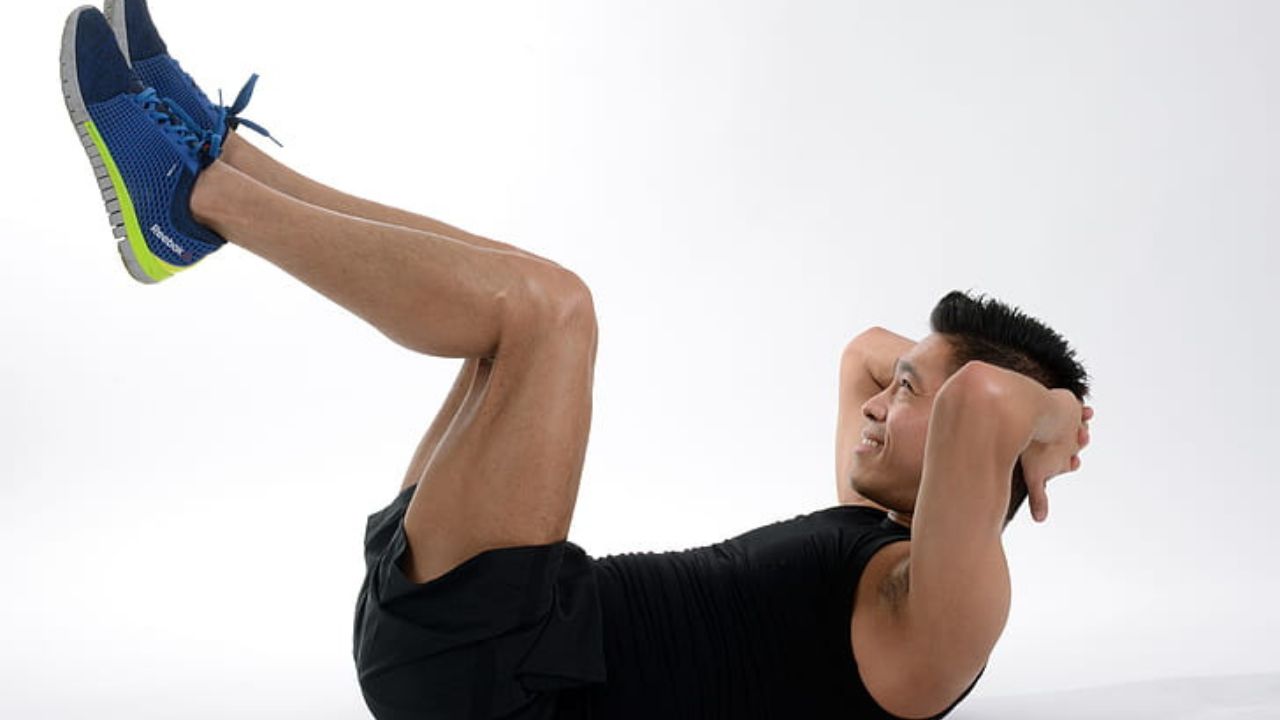
Welcome to 'Elevate Your Game: Top 10 Advanced Mobility Training Techniques for Every Athlete.'
This article presents a comprehensive guide to enhancing athletic performance through cutting-edge mobility training techniques. Designed for athletes seeking to unlock their full potential, this article explores the science-backed methods and exercises that promote flexibility, joint stability, and functional movement patterns.
Whether you are a professional athlete or a fitness enthusiast, this expertly crafted piece will equip you with the knowledge and tools to take your game to the next level.
Plyometric Training
One of the most effective ways to enhance explosive power and improve athletic performance is through the incorporation of plyometric training into one's fitness regimen.
Plyometric training refers to a type of exercise that focuses on explosive movements, utilizing quick and powerful muscle contractions to generate maximum force in a short amount of time.
This form of training is particularly beneficial for athletes looking to improve their speed, agility, and power output.
Plyometric training offers numerous benefits, including increased muscular power, improved neuromuscular coordination, enhanced jumping ability, and reduced risk of injury.
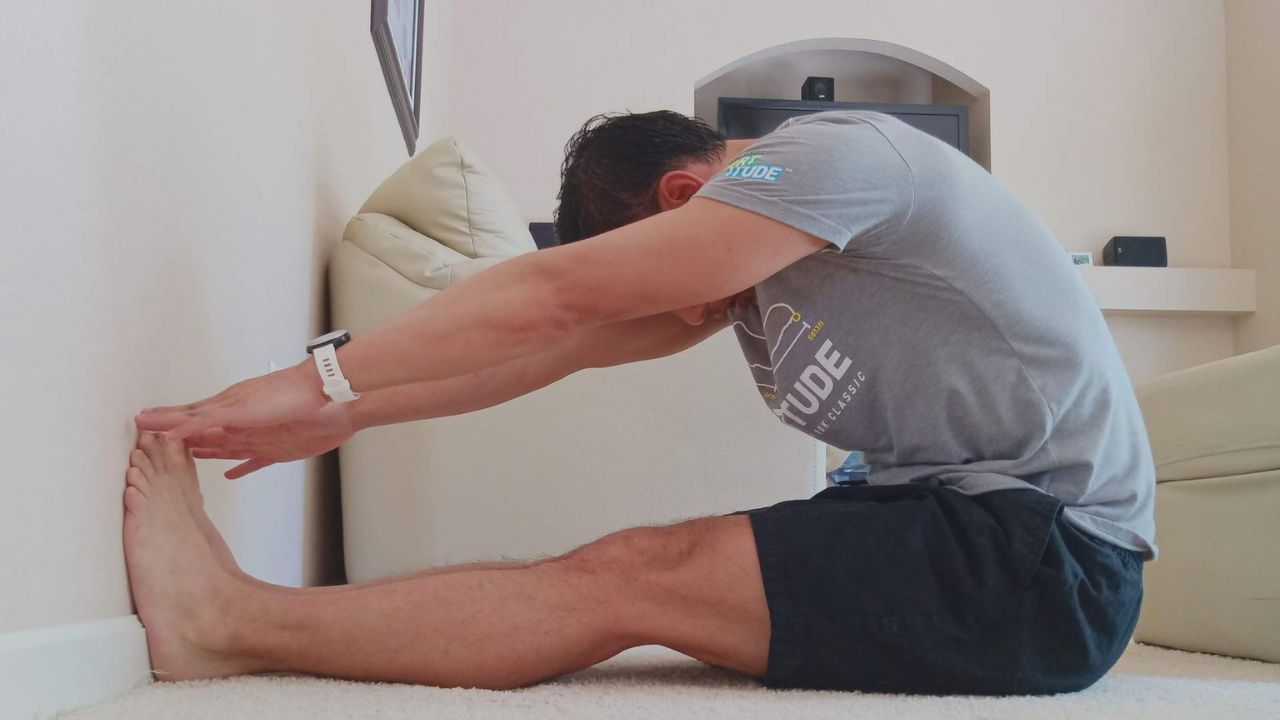
Some common plyometric training techniques include box jumps, depth jumps, medicine ball throws, and bounding exercises.
Dynamic Stretching
Significantly, dynamic stretching is a crucial component of any athlete's warm-up routine. It helps to improve flexibility, enhance range of motion, and prepare the body for the demands of physical activity.
Dynamic stretching techniques involve moving parts of the body through a full range of motion. This is done using controlled movements that mimic the activities of the sport or exercise. These techniques not only increase blood flow to the muscles but also activate the neuromuscular system. This improves coordination and proprioception.
The benefits of dynamic stretching include a reduced risk of injuries, improved athletic performance, and enhanced muscle activation. By incorporating dynamic stretching into their warm-up routine, athletes can optimize their physical capabilities and achieve peak performance.
Some common dynamic stretching techniques include leg swings, arm circles, walking lunges, and high knees. It is important to note that dynamic stretching should be performed with proper form and control to maximize its effectiveness and minimize the risk of injury.
Resistance Band Exercises
Resistance band exercises are a vital component of any athlete's training regimen. These exercises target specific muscles, helping to improve strength and flexibility.
Target Specific Muscles
Several exercises using resistance bands can effectively target specific muscles, helping athletes enhance their overall performance. Resistance bands provide a versatile and portable training tool that can be used for a variety of exercises, allowing athletes to focus on muscle activation and isolated stretching.
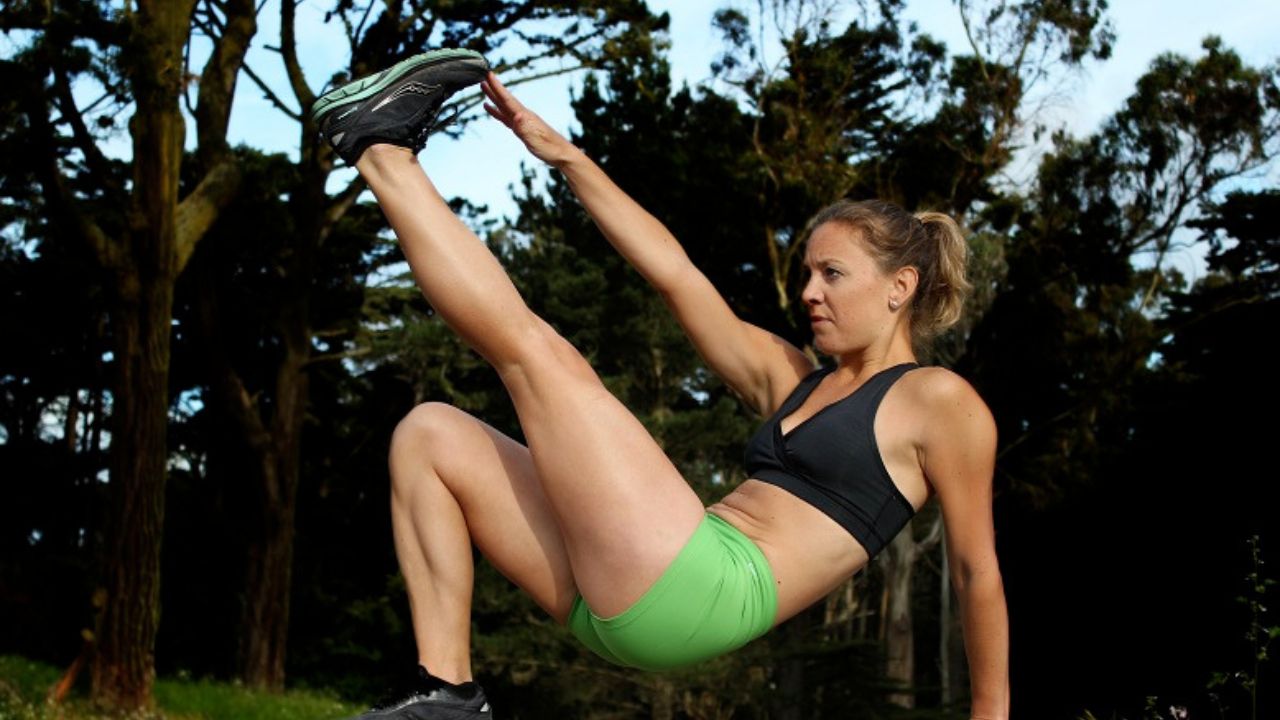
Here are three key exercises that can target specific muscles:
Squats with resistance bands: This exercise targets the quadriceps, hamstrings, and glutes by adding resistance to the squat movement. The bands challenge the muscles throughout the entire range of motion, increasing muscle activation and strength.
Bicep curls with resistance bands: By attaching the bands to a stable object and performing bicep curls, athletes can effectively target their bicep muscles. The bands provide constant tension, helping to build strength and improve muscle definition.
Lateral band walks: This exercise targets the hip muscles, including the glutes and abductors. By placing the band around the thighs and performing lateral steps, athletes can enhance hip stability and strengthen the muscles responsible for lateral movements.
Incorporating these resistance band exercises into a training routine can help athletes target specific muscles, enhance muscle activation, and improve overall performance.
Improve Strength and Flexibility
How can athletes enhance their strength and flexibility through targeted resistance band exercises?
Resistance band exercises are a versatile and effective way for athletes to improve their strength and flexibility. By incorporating resistance bands into their training regimen, athletes can target specific muscle groups and increase overall muscle strength. The resistance provided by the bands challenges the muscles in a way that traditional weightlifting cannot, allowing athletes to improve their endurance and prevent injuries.

These exercises can be tailored to the specific needs of each athlete, making them suitable for athletes of all levels and disciplines. Additionally, resistance band exercises can be performed anywhere, making them a convenient option for athletes who travel frequently or have limited access to gym equipment.
Incorporating resistance band exercises into an athlete's training regimen can improve athletic performance and prevent injuries. Resistance bands are versatile tools that can be used to target specific muscle groups and enhance strength and mobility. Here are three key benefits of incorporating resistance band exercises into your training routine:
Increased Strength: Resistance bands provide constant tension throughout the entire range of motion, forcing muscles to work harder. This leads to increased muscle activation and strength gains.
Improved Stability and Balance: Resistance band exercises challenge your stability and balance, helping to improve proprioception and body control. This is crucial for athletes who participate in sports that require quick changes in direction and agility.
Injury Prevention: Resistance band exercises can help strengthen the muscles surrounding joints, improving stability and reducing the risk of injuries. Additionally, resistance band exercises can help correct muscle imbalances, which can lead to better overall movement mechanics.
Foam Rolling Techniques
Foam rolling techniques are a crucial component of any advanced mobility training program. By targeting specific muscle groups, foam rolling helps to release tension and improve flexibility.
Incorporating foam rolling into your routine can enhance athletic performance and prevent injury, making it an essential practice for every athlete.
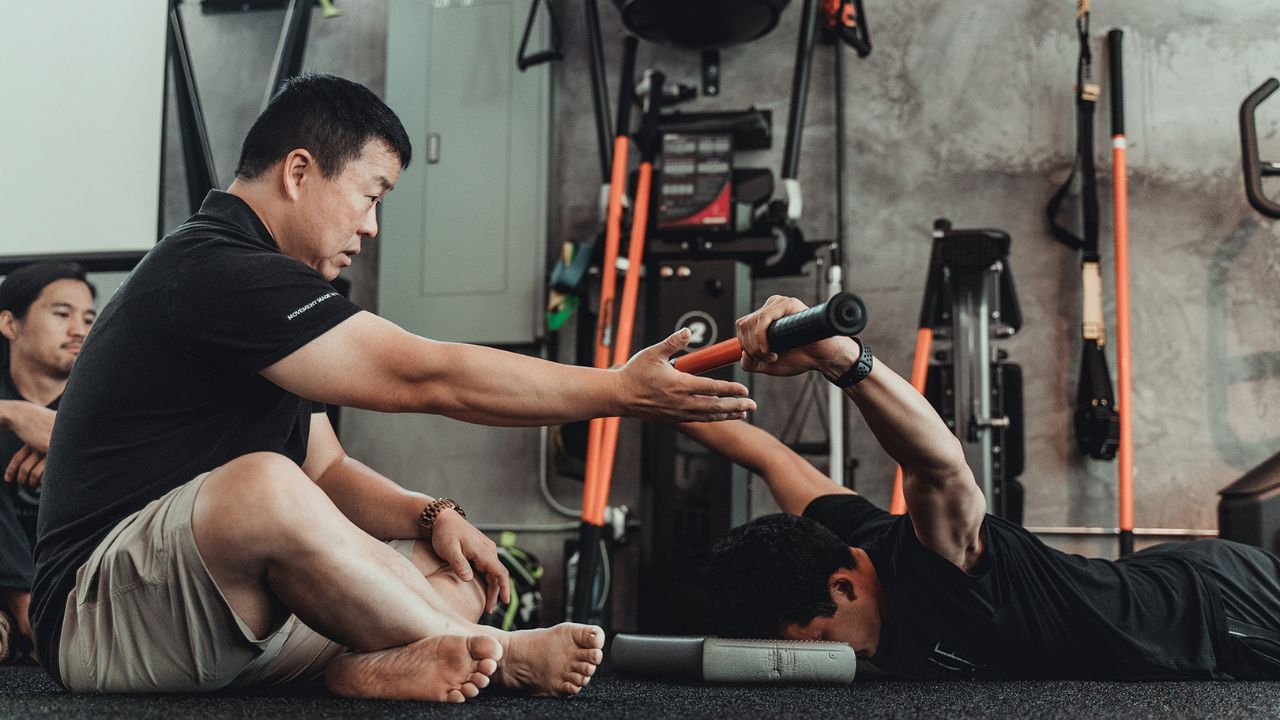
Target Specific Muscle Groups
Utilize precise exercises to effectively engage and strengthen particular muscle groups, optimizing your athletic performance. By targeting specific muscle groups, you can improve range of motion, prevent injuries, and enhance overall functional movement.
Here are three key techniques to consider:
Isolated Strength Training: Focus on individual muscle groups through exercises such as bicep curls, tricep extensions, or calf raises. This helps improve muscle strength and endurance, leading to better overall performance.
Active Stretching: Incorporate dynamic stretches that target specific muscle groups. This not only improves flexibility but also prepares the muscles for the demands of athletic activities, reducing the risk of injuries.
Proprioceptive Exercises: These exercises challenge your body's awareness and control, targeting specific muscle groups responsible for stability and balance. By improving proprioception, you can enhance athletic performance and reduce the likelihood of falls or sprains.
To enhance flexibility and performance, athletes can experiment with various techniques that focus on increasing range of motion and optimizing functional movement.
Improving range, mobility, and agility is essential for athletes to excel in their respective sports and prevent injuries. Sports-specific flexibility exercises can target specific muscle groups and movements involved in a particular sport, enhancing performance and reducing the risk of injury.
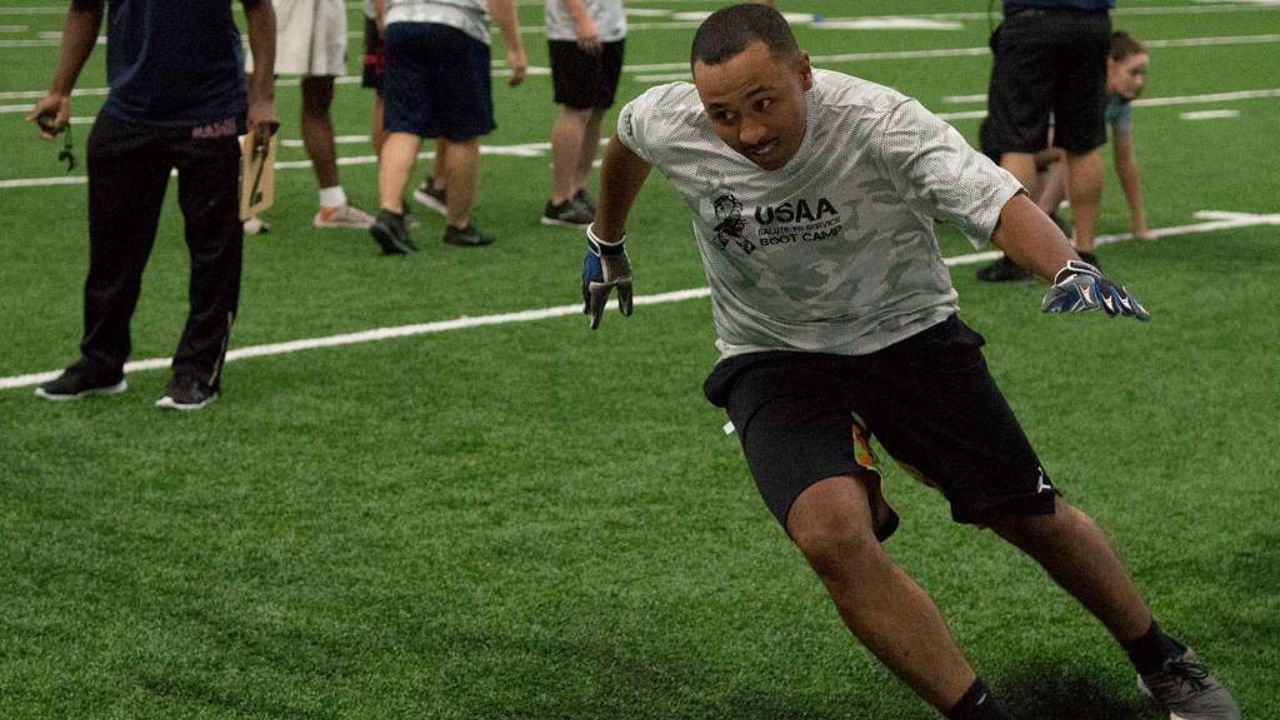
These exercises can include dynamic stretches, static stretches, and proprioceptive neuromuscular facilitation (PNF) techniques. Dynamic stretches involve moving parts of the body through a full range of motion, while static stretches involve holding a position to elongate the muscles. PNF techniques involve contracting and relaxing the muscles to enhance flexibility.
Incorporating a comprehensive flexibility training program into an athlete's routine can lead to improved performance and injury prevention, allowing athletes to push their physical limits and achieve their goals.
Functional Movement Patterns
In the realm of sports performance, athletes must develop a deep understanding of functional movement patterns to enhance their agility and overall athletic performance. Functional movement patterns refer to the fundamental movements that the body can perform, such as pushing, pulling, squatting, and rotating. These movements are essential for athletes to master as they mimic the actions required in their respective sports.
To optimize their functional movement patterns and prevent injuries, athletes can utilize various techniques, including:
Functional Movement Assessment: This assessment involves analyzing an athlete's movement patterns to identify any imbalances, weaknesses, or restrictions that may hinder their performance.
Injury Prevention Techniques: Athletes can incorporate exercises and training methods specifically designed to target and strengthen the muscles and joints involved in their sport. This helps reduce the risk of injuries and enhances performance.
Corrective Exercises: These exercises focus on correcting any imbalances or weaknesses identified during the functional movement assessment. By addressing these issues, athletes can improve their movement quality and reduce the risk of injuries.
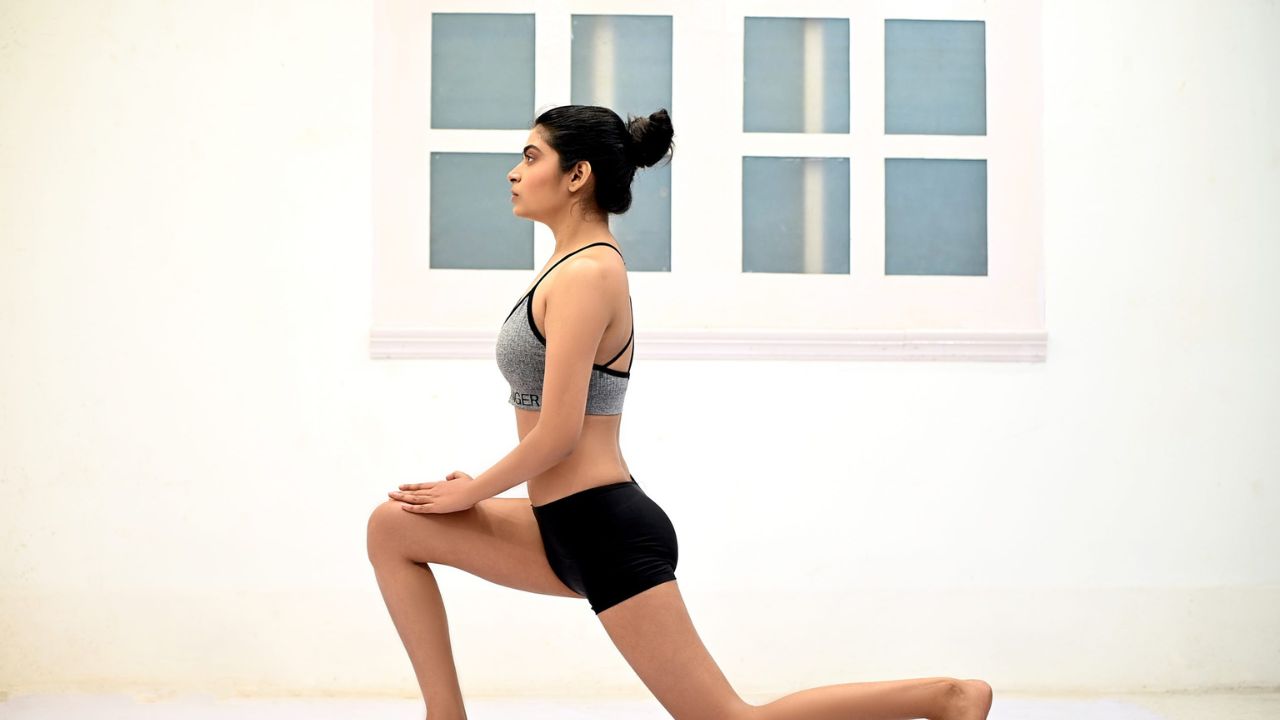
Balance and Stability Training
Athletes can benefit from incorporating at least three balance and stability training exercises into their workout routines to improve their overall performance and reduce the risk of injuries. Balance and stability techniques are essential for athletes as they provide a solid foundation for optimal movement and injury prevention.
Advanced mobility training methods, such as single-leg balance, stability ball exercises, and proprioceptive training, can help athletes enhance their neuromuscular control and body awareness. Single-leg balance exercises challenge an athlete's stability by requiring them to balance on one leg, improving stability and coordination.
Stability ball exercises, on the other hand, engage the core and challenge balance by introducing an unstable surface. Lastly, proprioceptive training focuses on improving an athlete's ability to sense joint position and movement, enhancing overall stability and reducing the risk of injuries.
Incorporating these three balance and stability training exercises into an athlete's routine can greatly enhance their performance and overall well-being.
Mobility Drills for Specific Sports
One effective way to improve performance in specific sports is by incorporating mobility drills that target the muscles and movements required for optimal performance. Sports-specific mobility drills are designed to enhance the flexibility, stability, and range of motion needed for specific athletic activities. These drills focus on replicating the movements and demands of the sport, allowing athletes to improve their performance and reduce the risk of injury.
Sport-specific mobility drills: These drills are tailored to the specific movements and requirements of each sport, helping athletes develop the necessary mobility for their chosen discipline.
Targeted muscle activation: By targeting specific muscle groups used in a particular sport, athletes can improve their overall mobility and performance in those areas.
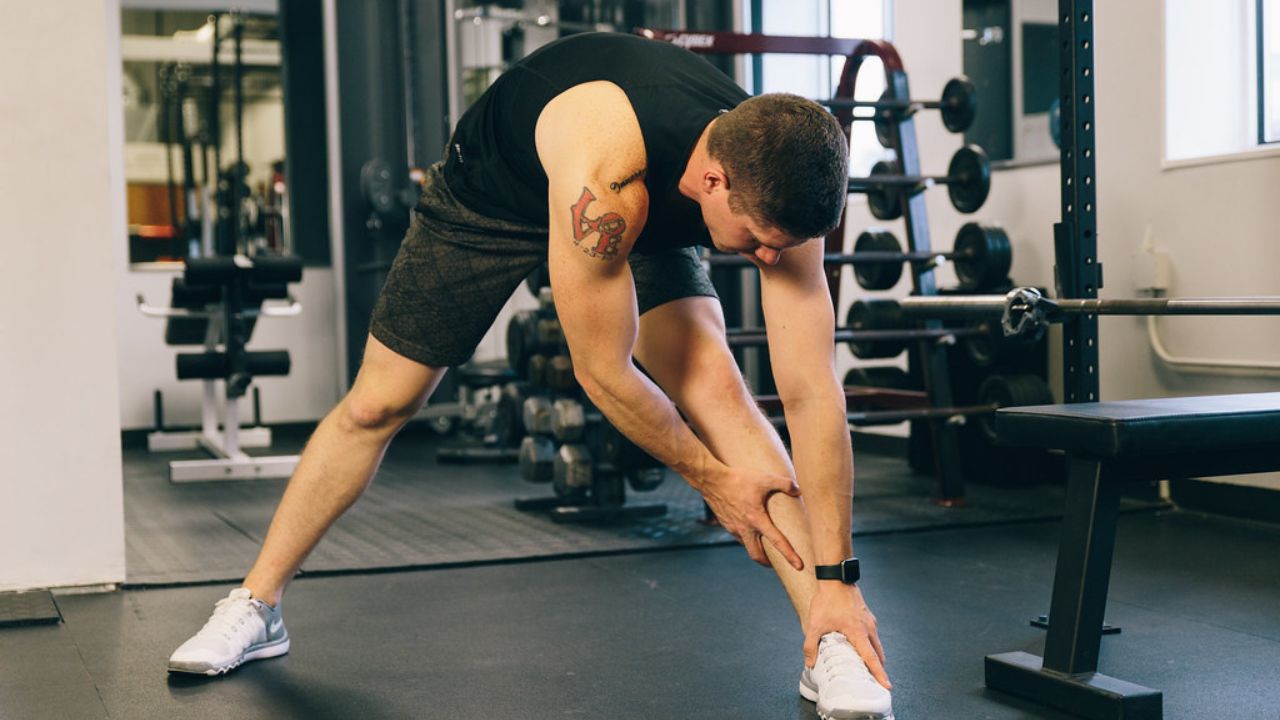
Functional movement patterns: Incorporating exercises that mimic the functional movement patterns of the sport can enhance an athlete's ability to perform those movements with greater ease and efficiency.
Sport-specific flexibility training plays a crucial role in optimizing an athlete's performance. Incorporating mobility drills that focus on the specific demands of a sport can help athletes achieve their maximum potential and excel in their chosen athletic endeavors.
Joint Mobility Exercises
Joint mobility exercises are crucial for athletes as they help improve range of motion, flexibility, and overall joint health. These exercises target specific joints, such as the hips, shoulders, and ankles, and aim to increase their mobility and stability.
Importance of Joint Mobility
As a fitness enthusiast, it is crucial to prioritize the maintenance of proper joint mobility to optimize performance and prevent injuries.
The importance of warm-up exercises cannot be overstated, as they prepare the body for physical activity by increasing blood flow, raising body temperature, and loosening up the joints.
Incorporating mobility training into your fitness routine offers numerous benefits, including improved flexibility, enhanced range of motion, and better overall movement quality.
By engaging in dynamic stretches and exercises that target specific joints and muscle groups, athletes can reduce the risk of strains, sprains, and other injuries.
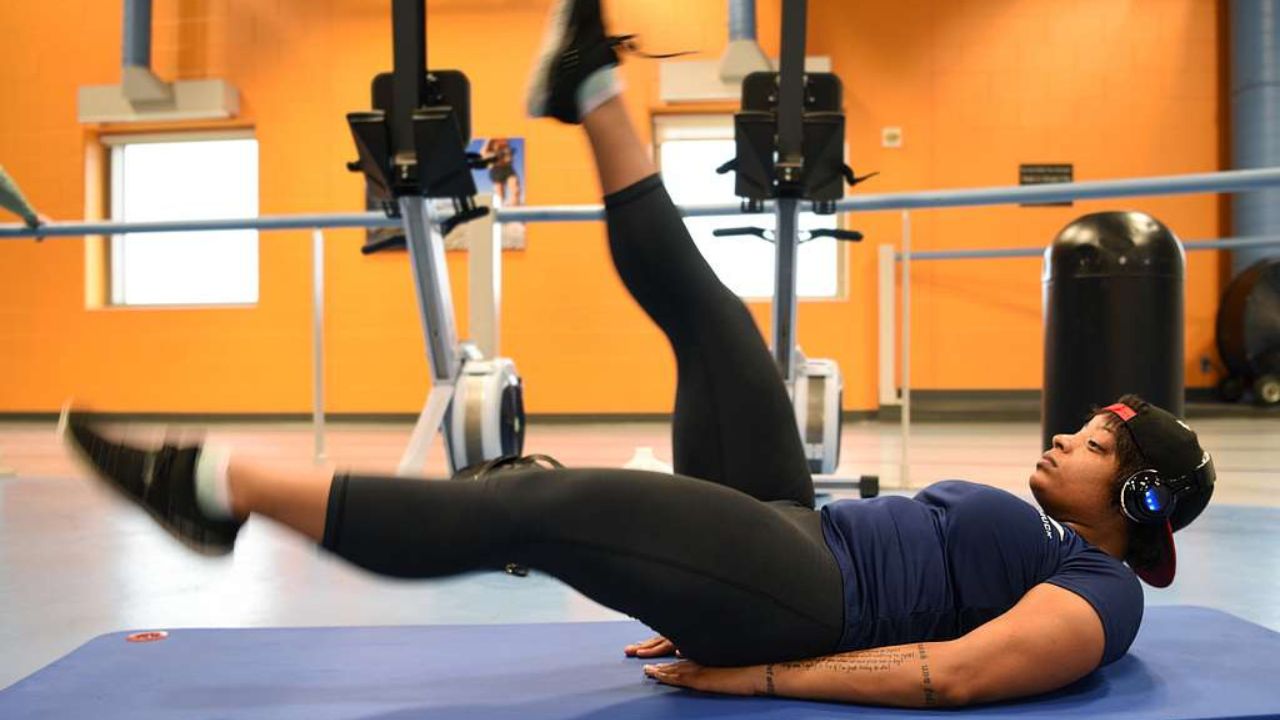
Additionally, mobility training helps to correct imbalances, improve posture, and promote efficient movement patterns.
Effective Mobility Exercises
Efficiently incorporating targeted mobility exercises into your fitness routine can significantly enhance your overall athletic performance and prevent potential injuries. Dynamic mobility exercises, specifically, focus on improving joint range of motion, flexibility, and stability in a dynamic and functional manner. These exercises involve controlled movements that mimic the demands of your sport or activity, allowing you to move more efficiently and effectively.
To optimize your mobility training, it is important to progress through different levels of difficulty and challenge. Mobility training progressions involve gradually increasing the complexity and intensity of exercises to continually improve your mobility and functional movement patterns. This can include incorporating resistance bands, balance tools, or unstable surfaces to further challenge your body's mobility and stability.
Active Isolated Stretching
Active Isolated Stretching is a dynamic stretching technique that focuses on targeting specific muscles to improve flexibility and prevent injuries in athletes. This method involves holding a stretch for only a few seconds and then releasing, which allows for greater range of motion in a controlled manner.
Here are three key benefits of active isolated stretching:
Improved flexibility: By targeting specific muscles, active isolated stretching helps to lengthen and elongate the muscle fibers, improving overall flexibility and joint mobility.
Injury prevention: This technique helps to improve the functional movement patterns of athletes, reducing the risk of muscle imbalances and overuse injuries.
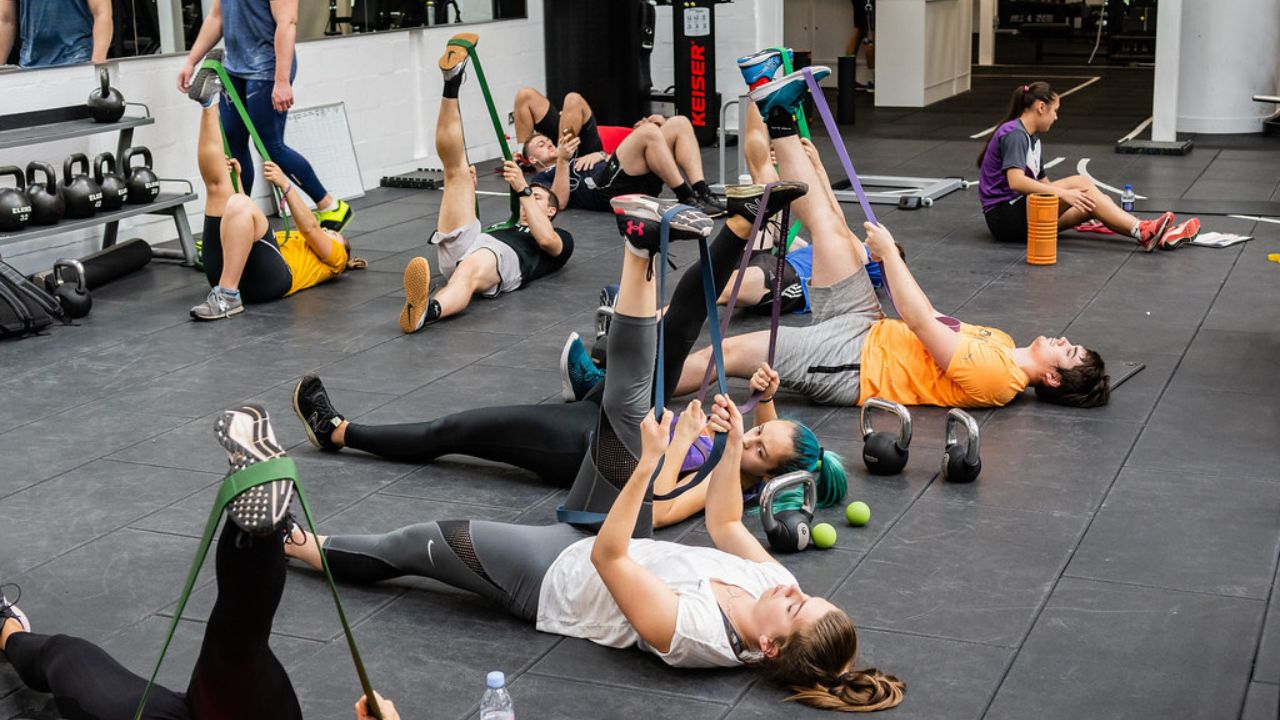
Enhanced performance: By increasing flexibility and range of motion, active isolated stretching can improve athletic performance, allowing for greater power, speed, and agility.
Incorporating active isolated stretching into your training routine can have significant benefits for athletes looking to improve flexibility, prevent injuries, and optimize performance.
Core Stability and Activation Exercises
Several effective core stability and activation exercises can be incorporated into an athlete's training regimen to enhance overall performance and reduce the risk of injuries.
Core stability training focuses on developing strength and control in the muscles of the torso, including the abdominals, back, and pelvic floor. These exercises aim to improve balance, posture, and power transfer between the upper and lower body.
Activation exercises, on the other hand, target specific muscles to ensure they are activated and firing properly during physical activities. This helps to prevent muscle imbalances and compensations that can lead to injuries.
Popular core stability and activation exercises include planks, Russian twists, bird dogs, and glute bridges.
Frequently Asked Questions
How Long Should a Plyometric Training Session Last?
The optimal duration of plyometric training sessions varies depending on the athlete's fitness level and training goals. However, it is generally recommended to keep sessions between 20-60 minutes to prevent overtraining and maximize performance gains. When incorporating plyometric training into a comprehensive workout routine, it is important to prioritize rest and recovery, gradually increase intensity and volume, and consult with a qualified coach or trainer for guidance.
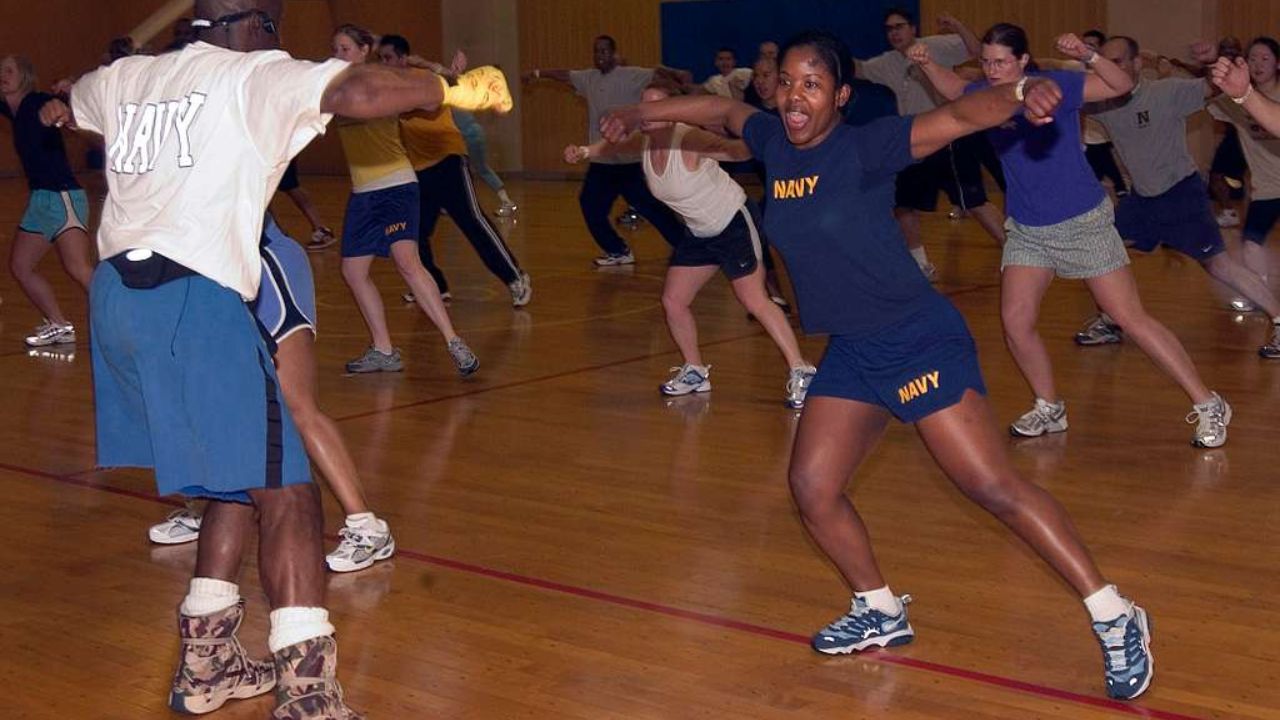
Are There Any Specific Resistance Band Exercises That Can Help Improve Speed?
Resistance band exercises can be an effective tool for improving speed in athletes. Incorporating resistance band exercises for strength and agility can help to enhance muscular power and explosiveness, leading to improved speed and performance on the field.
Can Foam Rolling Techniques Be Used to Prevent Injuries?
Foam rolling techniques can be effective in injury prevention by improving flexibility, reducing muscle soreness, and increasing blood flow. Additionally, foam rolling plays a crucial role in recovery and performance enhancement for athletes.
Are There Any Functional Movement Patterns That Are Particularly Beneficial for Runners?
Functional movement patterns that are particularly beneficial for runners include exercises that focus on hip stability, core strength, and single-leg balance. These movements help improve running efficiency, reduce injury risk, and enhance performance on the field.
Joint mobility exercises should be performed regularly, ideally 3-5 times per week, to see noticeable improvements in flexibility. These exercises serve as an effective warm-up technique for athletes, enhancing range of motion and preventing injuries.
Conclusion
In conclusion, advanced mobility training techniques are essential for athletes seeking to enhance their performance and reduce the risk of injuries.
Plyometric training, dynamic stretching, resistance band exercises, and foam rolling techniques are valuable components of a well-rounded mobility training program.
Functional movement patterns, mobility drills for specific sports, and joint mobility exercises also play a crucial role in improving athletes' overall mobility, flexibility, and functional movement patterns.
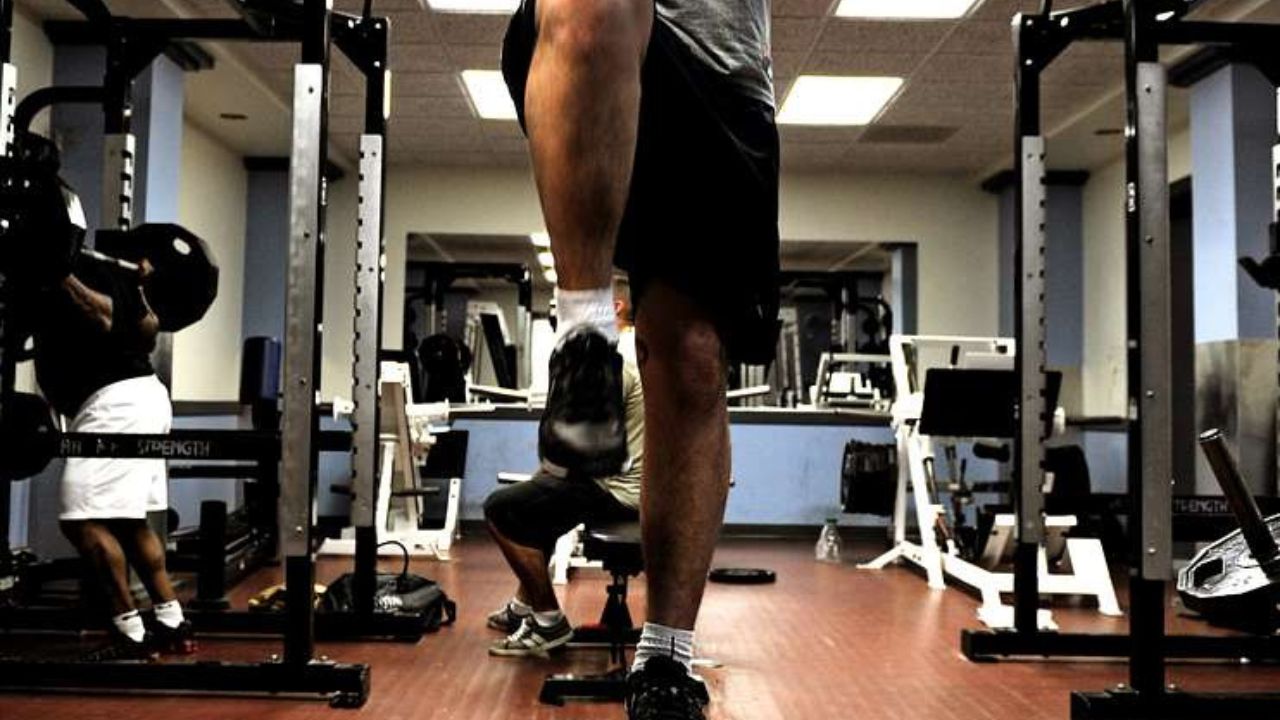
In addition, active isolated stretching and core stability and activation exercises contribute to optimizing athletic performance.
By incorporating these techniques into their training regimen, athletes can improve their overall mobility, flexibility, and functional movement patterns, ultimately optimizing their athletic performance.
 Mobility trainingHome Fitness RecoverySports Injury PreventionPersonal Physical TherapyOrthopedic SolutionsPrivacy PolicyTerms And Conditions
Mobility trainingHome Fitness RecoverySports Injury PreventionPersonal Physical TherapyOrthopedic SolutionsPrivacy PolicyTerms And Conditions
